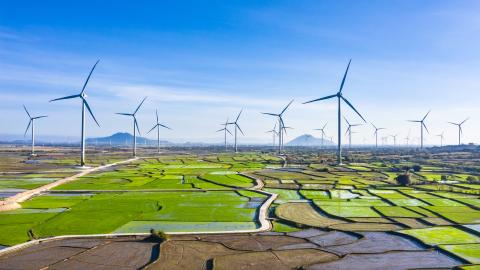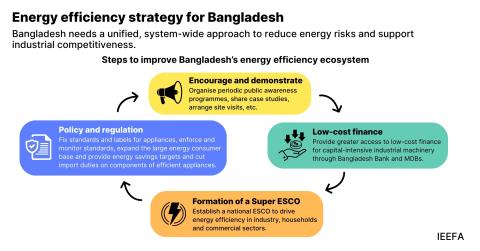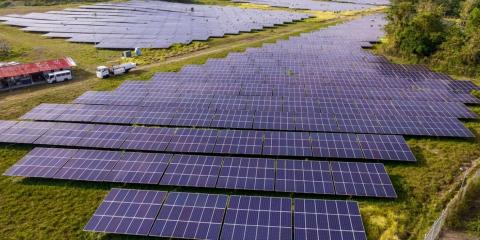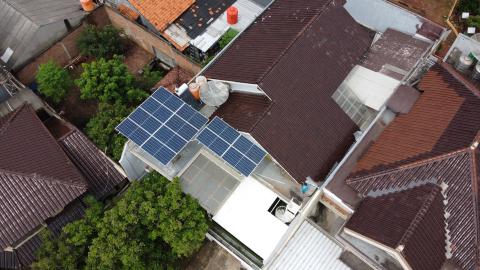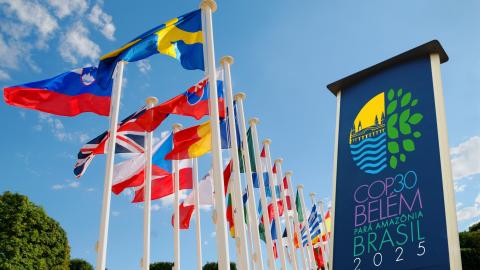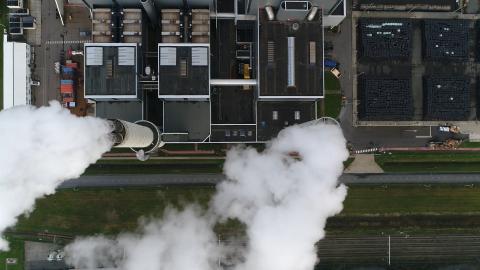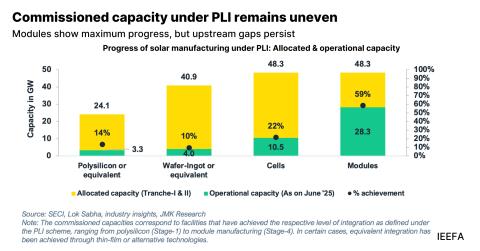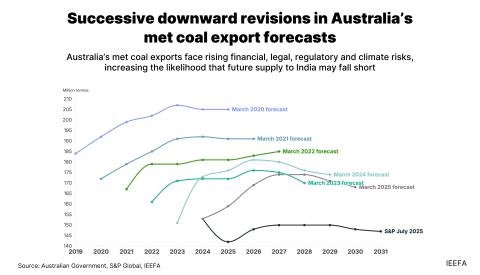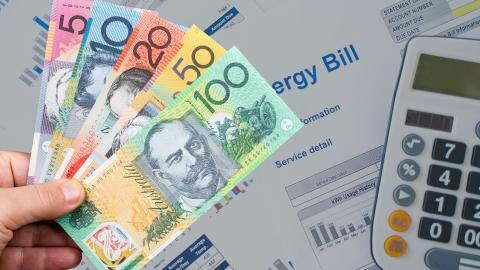A focus on homes, not power plants, could halve energy bills
Download Full Report
View Press Release

Key Findings
Focusing on household solutions such as thermal upgrades, efficient electric appliances, solar, batteries and load-shifting would be an effective strategy to halve residential energy bills.
Household energy upgrades benefit the broader energy system by mitigating gas supply gaps, managing peak electricity demand, and reducing greenhouse gas emissions.
A combination of improved minimum standards for household appliances and more comprehensive incentive schemes would be an effective way to accelerate uptake of household energy upgrades.
Retail pricing structures and network regulations need to be reviewed to ensure consumers can access the full value of household energy upgrades.
Executive summary
The rapid rise of abundant low-cost solar is driving Australian wholesale electricity costs to record low levels in the middle of the day. However, Australian households continue to see rising energy bills, due to factors including increasing coal and gas prices, outages at ageing power stations and network cost rises.
The policy debate on how to address rising energy costs has largely focused on the wrong solutions. This includes one-off power bill subsidies, and deliberation over whether to slow down the rollout of large-scale renewables in favour of alternatives (which more often than not would actually increase power prices).
These debates ignore the fact that energy bills are a product of not only the price of energy, but the amount of energy we consume. And reducing the energy that households consume from the grid (and using it more smartly) is one of the most effective ways to reduce energy costs.
Households that burn gas in their homes are wasting significant amounts of energy to meet their basic needs, as are those in poor thermally-performing homes, and those who rely on inefficient electric appliances.
Furthermore, while many Australian households now have rooftop solar, this can’t be put to its full potential when energy demand is concentrated in the evening, or met by burning gas.
This report presents the results of new IEEFA modelling, which finds that household energy upgrades including efficient electric appliances, rooftop solar and batteries could slash household energy bills by more than 90% in many regions.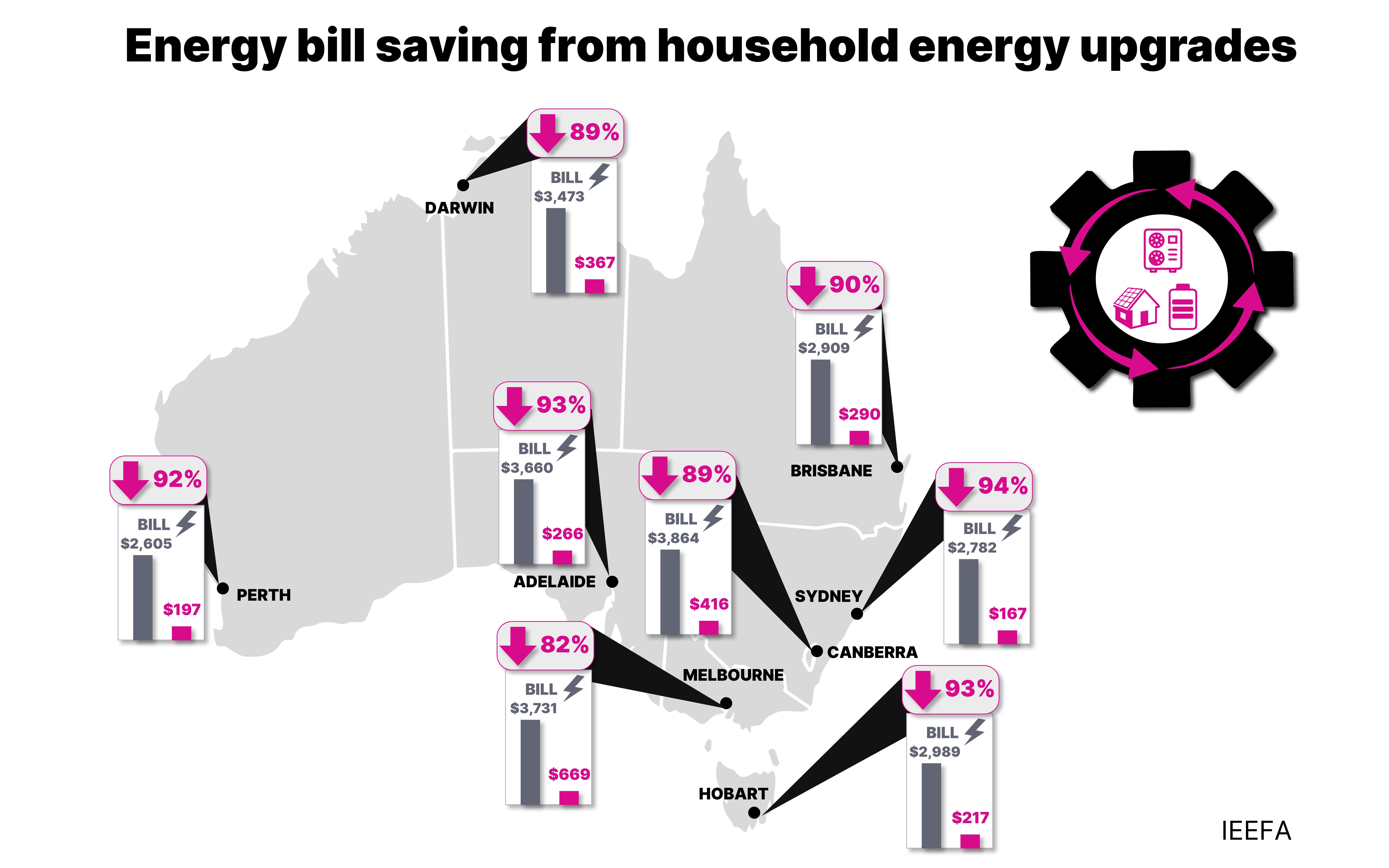
These savings are based on a typical, representative household in each capital city. While each household’s situation and energy consumption patterns are different, the findings show that deep energy bill reductions can be enabled through household energy upgrades. These upgrades could form the core of a strategy to halve household energy bills.
Household energy upgrades also benefit other energy users, by cutting gas demand in constrained periods, and reducing peak electricity demand on the grid. This can result in lower generation costs and, in theory, lower network costs.
As an additional benefit, household energy upgrades offer a particularly low-cost form of emissions abatement. The upgrades modelled in this report would not only see overall energy consumption fall, but would shift electricity consumption to periods where solar is abundant, and the emissions intensity of electricity production is lowest.
In some regions such as Victoria, a poorly managed transition from gas to efficient electric appliances could result in a long-term increase in winter electricity demand. While shifting households off gas is highly beneficial in reducing expected gas supply gaps and greenhouse gas emissions, it also creates a need to consider how to manage peak demand in winter. Batteries, thermal shell upgrades and pre-heating are effective options to manage this.
Many household energy upgrades are highly cost-effective for households today – particularly where they are supported by federal or state rebates.
While residential batteries have longer payback periods than other upgrades, a combination of new federal rebates and expected future cost reductions will make them increasingly attractive. They will become even more cost-effective if their contributions to the grid during peak times are fairly valued.
Utilising the battery capacity in electric vehicles is a particularly significant untapped opportunity, if vehicle-to-home and vehicle-to-grid capabilities are unlocked via the right standards and regulations.
Homes with thermally efficient building shells offer the lowest running costs and the greatest opportunities to reduce peak demand. This includes through pre-heating and pre-cooling their home, which delivers some of the benefits of a battery at a fraction of the cost.
Despite the financial attractiveness of household energy upgrades, many households including renters or those on low incomes have no ability to undertake upgrades. Furthermore, even consumers who can invest in household energy upgrades are subject to “bounded rationality”
– a barrier that is often overlooked by energy efficiency policies.
Increasing minimum energy performance standards to encourage a shift from gas or inefficient electric appliances to efficient electric alternatives is a compelling solution. New legislation to phase out gas hot water systems in Victoria presents one example of an approach to achieve this, and there is an opportunity to reinvigorate the federal Equipment Energy Efficiency programme.
In the near term, financial incentives play a critical role to reduce the upfront cost hurdle for consumers and scale up the industry capacity to deliver upgrades. However, the current approach to incentives is piecemeal.
Victoria and New South Wales have implemented broad-based incentives for household energy upgrades, but there is a case for more comprehensive national versions of these schemes to be rolled out, which could be complemented with specific state government schemes where they would bring further benefits.
Pricing reform is not the sole solution, but it is nonetheless critical to ensure consumers have access to fair electricity plans that reward their contributions to the grid, without imposing unrealistic expectations on consumers to become energy traders.
Finally, household energy upgrades will have material consequences for gas and electricity distribution networks – potentially reducing the overall reliance on both networks, while presenting opportunities to use electricity distribution networks more efficiently.
This offers an opportunity to reduce network costs for consumers. However, a first-principles review of electricity network regulation is necessary to ensure those benefits can translate to better consumer outcomes.
Recommendations
- Federal and state governments should commit to halve household energy bills over the next decade.
This should be based on a roadmap to roll out the technologies discussed in this report, accompanied by a policy pathway to deliver them. - Minimum energy performance standards should be expanded and increased to discourage installation of gas or inefficient electric appliances, and encourage installation of efficient and flexible electric appliances.
- A comprehensive, national incentive scheme for energy upgrades should be implemented.
This could involve expanding the Victorian and/or New South Wales incentive schemes nation-wide, or by expanding and extending the federal Small-Scale Renewable Energy Scheme.
The scheme should support demand flexibility measures, extend beyond 2030, and consider the wide range of equitable funding approaches. - Fairer electricity pricing structures should be provided for consumers that offer reasonable rewards for efforts to reduce peak demand.
This should include improved tariffs, and well-designed, well-regulated Virtual Power Plants that support the interests of consumers and the grid. This should be considered as central to the Australian Energy Market Commission’s ongoing electricity pricing review. - A first-principles review of the economic regulation of gas and electricity networks should be undertaken.
This should be led by an independent panel with expertise in economic regulation, competition policy and consumer energy resources.
The review should re-evaluate the cost recovery approach for energy networks to fairly reflect the diminishing value of some assets (such as the gas distribution network asset base), while providing the right incentives to support wider uptake of consumer energy resources.
To read the Technical Appendices click here.



